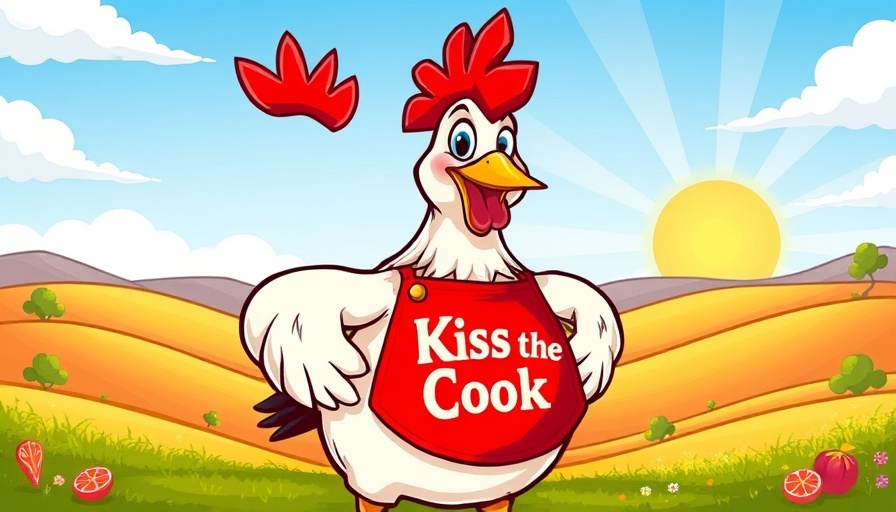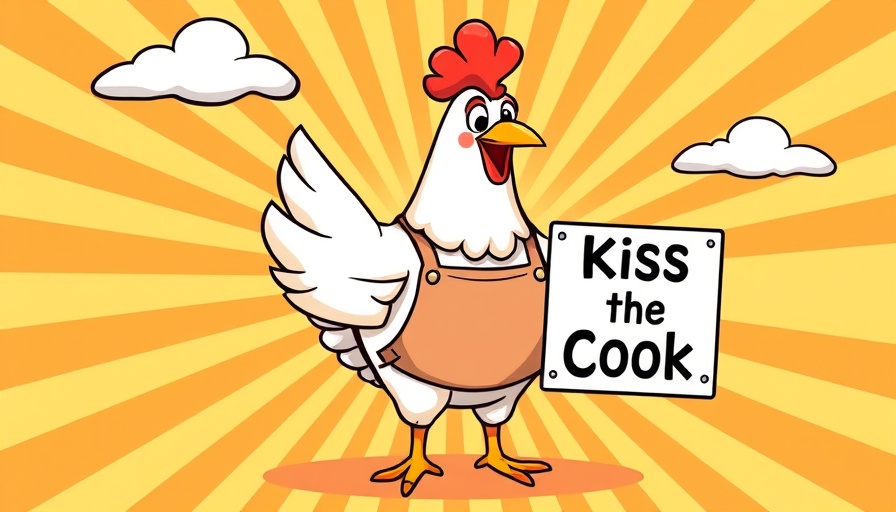
Understanding Corid Treatment and its Impact
Corid (amprolium) is a widely used treatment for coccidiosis in poultry, a parasitic disease that can significantly impact the health of your birds. If you've recently completed a course of Corid treatment, it's essential to understand the next steps in ensuring your flock's recovery and overall well-being.
Post-Treatment Care
After administering Corid, the immediate focus should shift to monitoring your birds' health closely. Look for signs of recovery, such as improved appetite and increased energy levels. However, it is also crucial to continue providing a clean, stress-free environment to support their healing process. This includes maintaining proper sanitation in their living space, ensuring adequate ventilation, and reducing overcrowding.
Dietary Considerations
Once the treatment has concluded, consider adjusting your flock's diet to support their immune systems. High-quality feed with added vitamins and minerals can assist in their recovery. Fresh greens and occasional treats can also help boost morale and provide essential nutrients that promote overall health.
Monitoring Flock Health
Keep a close watch on your birds for any signs of re-infection or other health issues. Weighing each bird periodically can help you track improvements or potential problems until they return to their baseline health levels. If you notice any abnormal behavior or symptoms, consulting with an avian veterinarian is imperative to rule out any complications.
Conclusion: The Importance of Ongoing Care
Post-treatment care is critical to ensuring a full recovery after Corid. By closely monitoring your birds, providing a nutritious diet, and maintaining proper living conditions, you can help your flock return to their optimal health. For further insights into avian health care practices, consider engaging with local avian experts or online forums.
 Add Row
Add Row  Add
Add 




Write A Comment